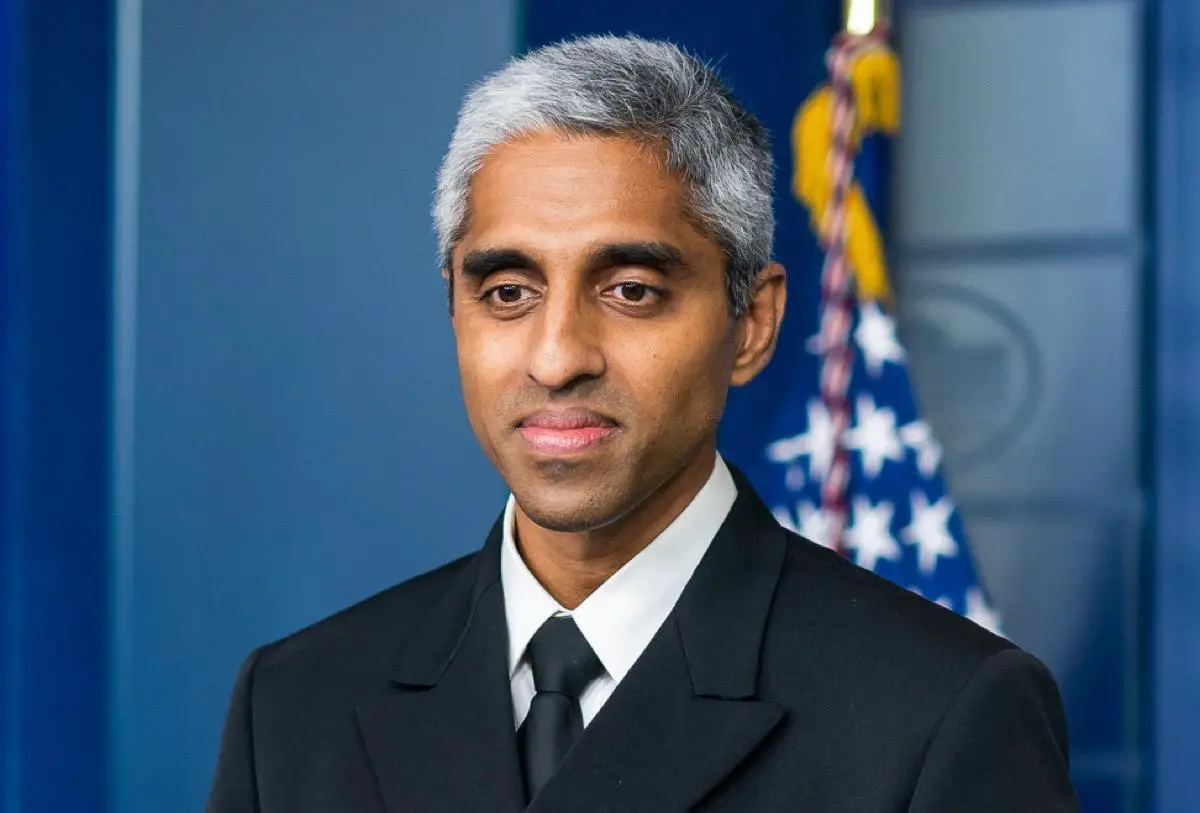COVID cases are still surging, despite the fact that they are peaking in much of the USA—so much so that we are still in the midst of a “viral blizzard.” How can you stay safe? And when will we ever get back to normal again—or some sense of normalcy? Speaking of which, when will mandates about masks be lifted? Surgeon General Vivek Murthy appeared on CNNs New Day to tell you everything you need to know. Read on for 6 life-saving points from him and virus expert Dr. Michael Osterholm—and to ensure your health and the health of others, don’t miss these Sure Signs You’ve Already Had COVID.
the New Day host mentioned that “Denver, for instance, lifting all of its mask and vaccine mandates or most of them. Do you have a metric where you think it is safe to lift indoor mask mandates?” “It’s an important question,” said the Surgeon General. “And one thing I do want people to know is that we get to a better place in this pandemic, specifically as our hospitalizations and our deaths come down in particular, it will be easier for us to pull back on restrictions,” he said. “There’s not a single metric to look at. What we have to do is look at a composite of metrics, not only the hospitalizations and deaths, but also try to understand what is happening in terms of early indicators that may give us a clue as to whether cases may rise and in the next few weeks, and we wanna be able to dial up and dial down precautions based on that.”
RELATED: COVID Symptoms That Require Immediate Attention, Say Experts
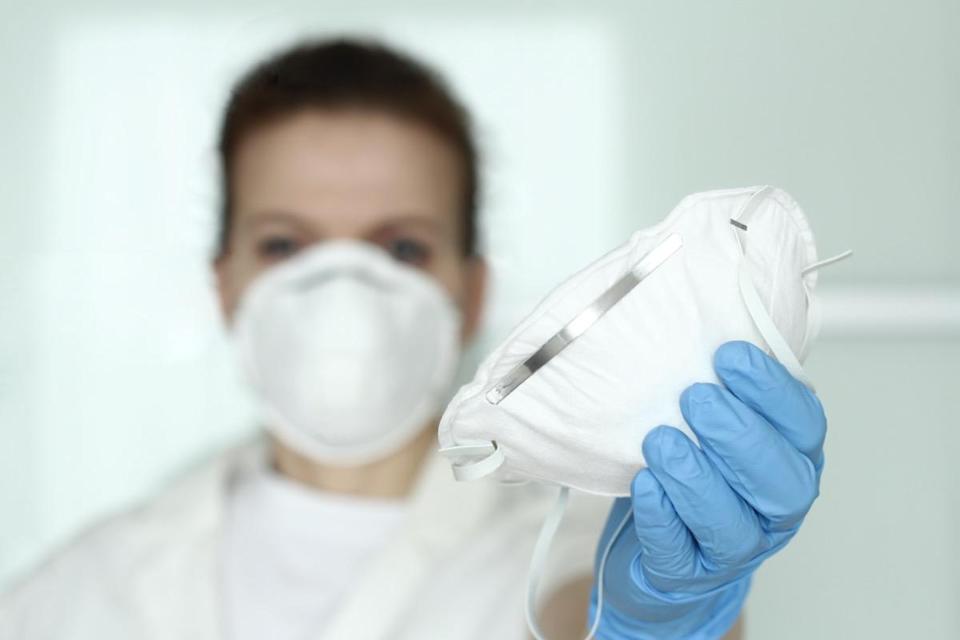
“I absolutely understand the sense of urgency and frustration that people feel around wanting to get back to normal,” said Dr. murthy. “And I think that we will get back to a closer semblance of normal because we not only have tools like the vaccine and more therapeutics, which reduces severity of illness. But when you have high quality masks, 400 million of which that US government is now distributing around the country, it gives you the ability to also protect yourself in ways that weren’t as easily available to people before.”
RELATED: This Common Habit Makes Your Omicron Risk Soar
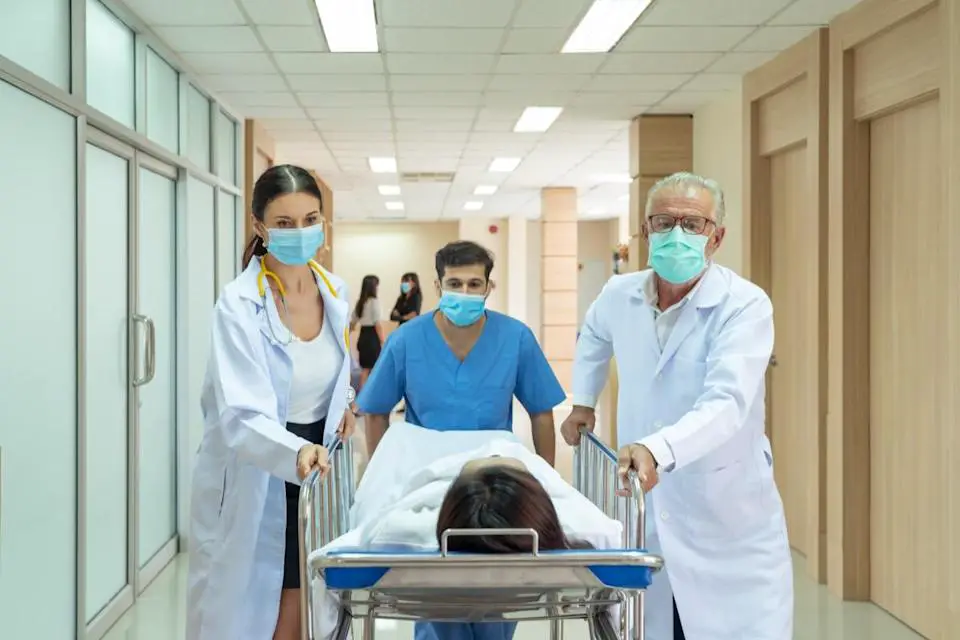
The fact that Omicron is “less severe” doesn’t mean all is well. “It’s a matter of math,” said Dr. Osterholm. “Imagine the following: You have a thousand individuals who in the past, would’ve been infected by Delta and a hundred of them get severely ill, require hospitalization. Some of them die. Along comes Omicron. Another thousand people. This time only 10 get seriously ill are hospitalized and some die, and you say, wow, this is gonna be better. People have called it ‘milder.’ The problem is, it’s 20 to 30 times more infectious. And so the numbers just as we’re seeing here in the United States have reached an all time high in terms of hospitalizations, intensive care medicine needs, even though it’s this milder disease, just because it has so hit our communities like a viral blizzard .”
RELATED: I’m a Doctor and Here’s the #1 Sign You are Obese
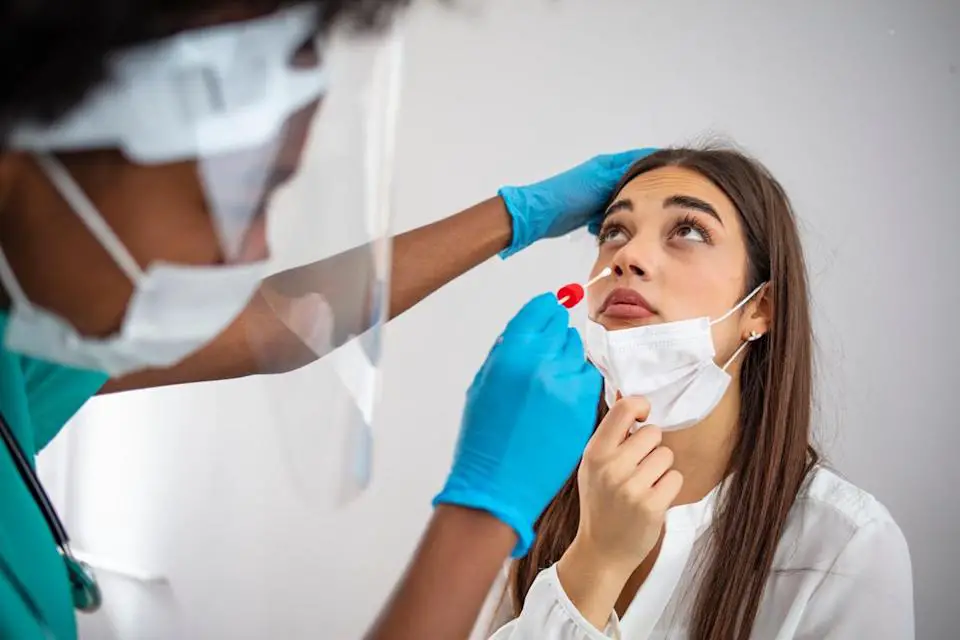
China’s Zero COVID policy may be unsustainable because Omicron is “more infectious than the other variants that we’ve had that were successfully contained by these authoritarian approaches,” said Dr. Michael Osterholm, a virus expert, on CNBC’s Squawk Box Asia. “But right now, trying to stop Omicron is kind of like trying to stop the wind. You can’t, you can divert it, but you can’t stop it.” He said China’s vaccines may not offer great protection against Omicron, and “the zero COVID policy won’t work—look no further than Australia and New Zealand and you’ll understand what I’m saying. Two countries that had successfully conducted zero COVID policy approaches only to realize particularly with that wasn’t gonna work.”
RELATED: Signs You Have a Drinking Problem, According to Experts
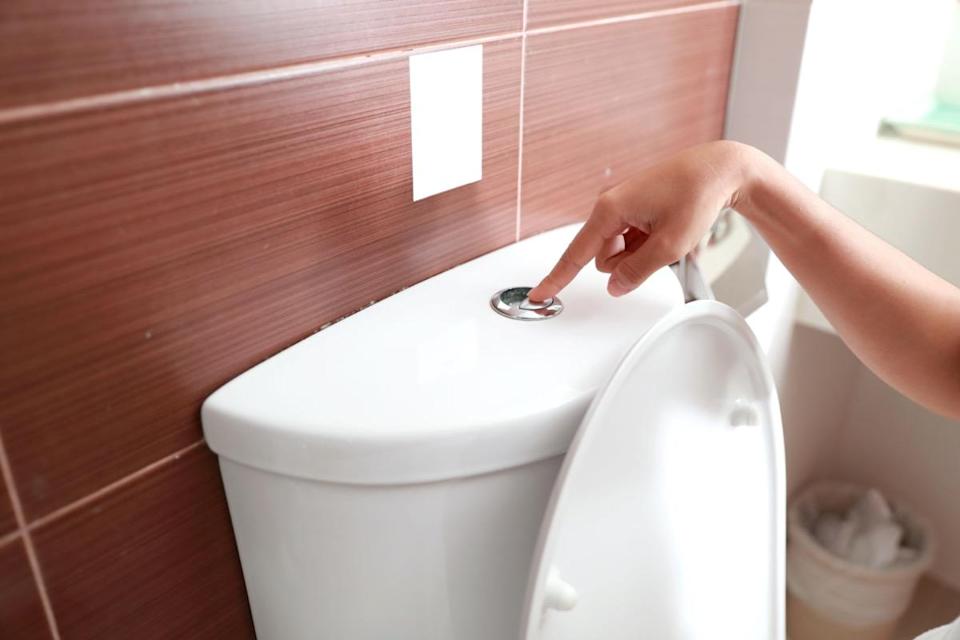
Researchers in Boston have been able to track COVID through the wastewater. “Wastewater surveillance is a really interesting area,” said Dr. murthy. “It’s another way of assessing what is happening in terms of increases or decreases in infection burden in a community. And the truth is, as we move forward in this pandemic and through this pandemic, what we need are tools to help us understand what’s gonna happen before it happens. We need early indicators. We also need to look at later indicators. So right now wastewater may be one of those tools. We know that looking at proactive surveillance testing can help us as well, understanding what’s happening in emergency rooms, in terms of syndromic surveillance, how many cases of COVID like illness are coming in, that can be useful. And of course, hospitalizations and deaths are useful, but they tend to be later indicators. So the bottom line is that we are building more and more tools to help us figure out what the future may look like. Again, when to dial up or dial down precautions, that’s gonna be an important part of how we get through this pandemic and learn to live with this virus.”
RELATED: This Common Habit Makes Your Dementia Risk Soar
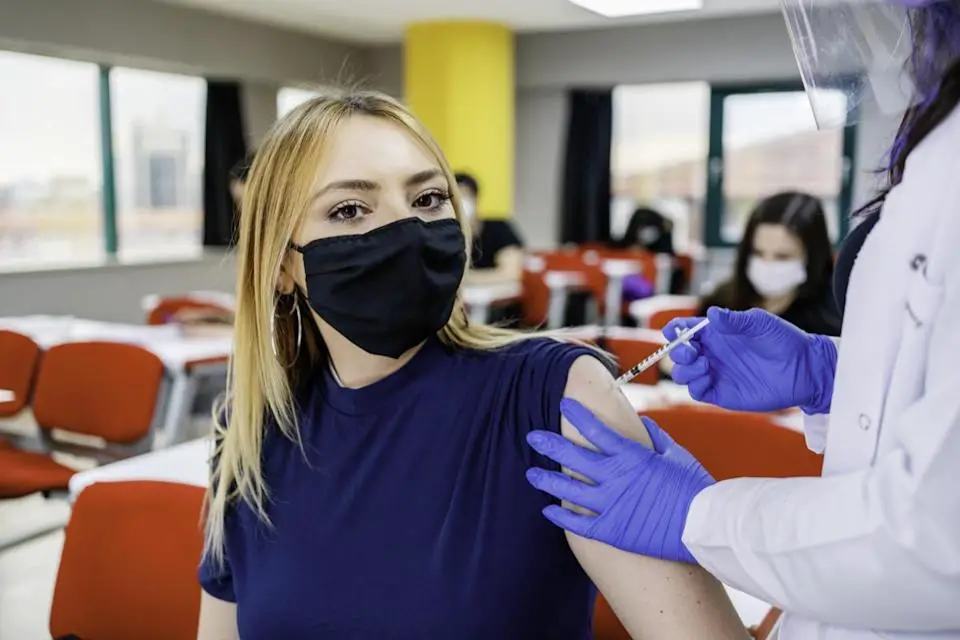
Follow the public health fundamentals and help end this pandemic, no matter where you live—get vaccinated or boosted ASAP; if you live in an area with low vaccination rates, wear an N95 face maskdon’t travel, social distance, avoid large crowds, don’t go indoors with people you’re not sheltering with (especially in bars), practice good hand hygiene, and to protect your life and the lives of others, don’ t visit any of these 35 Places You’re Most Likely to Catch COVID.
